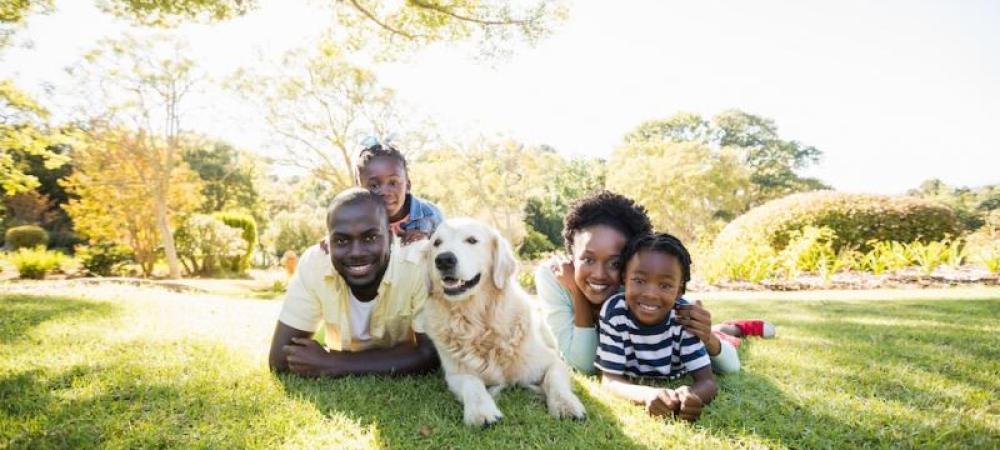What to do After Lawn Aeration

Lawn aeration is a vital process for maintaining a healthy lawn. It involves creating small holes in the soil to improve the flow of air, water, and nutrients to the grassroots. After aerating your lawn, it is important to follow certain steps to ensure that your lawn stays healthy and lush. As a local lawn care company, Quality All-Care will provide you with a step-by-step guide on what to do after lawn aeration.
Step 1: Seed Your Lawn
If you’re planning on seeding your lawn after aeration, it is important to do it as soon as you aerate. Overseeding your lawn helps encourage the growth of new grass and will help your lawn be fuller.
Step 2: Water Your Lawn
After aeration, the soil becomes loose, which can cause it to dry out quickly. It is essential to water your lawn immediately after aeration to prevent the soil from drying out. Water your lawn deeply, and ensure that the water penetrates the soil to a depth of at least six inches. A well-watered lawn promotes root growth, which helps the grass recover quickly from aeration.
Step 3: Fertilize Your Lawn
Fertilizing your lawn after aeration can help to nourish the grass and promote healthy growth. Aeration creates channels in the soil, which makes it easier for nutrients to reach the roots. Apply a high-quality fertilizer after aeration, preferably one that contains a slow-release formula. The slow-release formula ensures that the grass receives a steady supply of nutrients over time.
Step 4: Mow Your Lawn
Mowing your lawn after aeration is essential to remove the excess grass clippings and debris, however, you don’t want to mow too soon. It is recommended to wait about 2-4 weeks to mow your lawn after aerating and overseeding. When you do mow it, it is important to mow your lawn at the correct height, depending on the type of grass you have. Generally, you should mow your lawn to a height of 2 to 3 inches after aeration.
Step 5: Avoid Heavy Traffic on Your Lawn
After aeration, it is best to avoid heavy traffic on your lawn for at least two weeks. The holes created in the soil need time to heal and settle, and heavy traffic can cause further damage to the grass. Avoid parking heavy equipment or vehicles on your lawn during this time.
Lawn Aeration FAQs: What to Do and What to Avoid After Aerating
Can I apply weed control after aerating my lawn?
Wait at least 7–14 days after aeration before applying weed control. Fresh aeration holes make grass more sensitive to chemicals and may harm new seedlings. Once the lawn begins to recover, pre-emergent or post-emergent weed treatments can be safely applied.
How long does it take grass to recover after aeration?
Grass typically recovers within 2 to 4 weeks after aeration. The holes gradually fill in as roots expand and the lawn thickens. Overseeded areas may take longer to recover, but they produce healthier, denser turf. Watering and mowing at the correct height helps speed recovery.
How often should I aerate my lawn?
Most lawns should be aerated once a year, though compacted or high-traffic lawns may need it twice. Cool-season grasses do best in early fall, while warm-season grasses should be aerated in late spring. Aerating too often can stress turf and is not recommended. Check out our resource on how often to aerate your lawn.
Should I remove soil plugs after aeration?
No, leave the soil plugs on your lawn after aeration. They naturally decompose in 1–2 weeks, returning nutrients to the soil. Mowing and watering help them break down faster. Removing them eliminates a natural benefit of aeration.
Should I seed or fertilize after aerating?
Yes, overseeding and fertilizing right after aeration produce the best results. Aeration opens the soil, allowing seeds, water, and nutrients to reach the root zone more easily. Applying a starter fertilizer helps seedlings establish themselves more quickly. Consistent watering afterward ensures maximum germination and growth.
What should I do immediately after lawn aeration?
The first step after lawn aeration is watering to soften soil plugs and help roots recover. For best results, follow with overseeding and fertilizer so nutrients and seeds fall directly into the holes. Avoid heavy traffic until the lawn has fully recovered. This process speeds up healing and boosts new grass growth.
